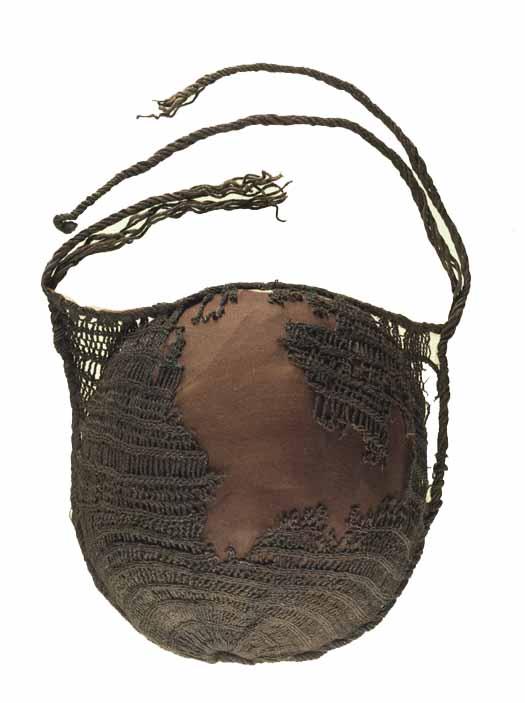Textile preservation
Why are textiles rare finds in archaeological excavations? Like any perishable organic material, textiles are subject to rapid decomposition by microorganisms unless special conditions prohibit their destruction. In dry climates, like in Egypt and Syria, textiles have been preserved by desiccation. Salt has preserved textiles in Austrian salt mines and the Tarim desert in North-western China. Waterlogged conditions have conserved textiles in the Alpine region and North-western Europe. The contents of the Old Norse burials in Greenland were frozen, keeping the textiles almost unaltered.
Denmark possesses one of the largest collections of prehistoric textiles in the world. This is particularly due to unique preservation conditions encountered in the Bronze Age burial mounds and in the peat bogs where Early Iron Age skin and textiles have been discovered. Compared to these finds textiles in other grave finds are often not as well preserved.
In graves, textiles are often preserved through mineralisation, when they come in contact with metal salts from degrading metal objects – most often iron and copper. In Denmark, the latter type of preservation often occurs in textiles found in burials containing many metal objects and in weapon deposits.

